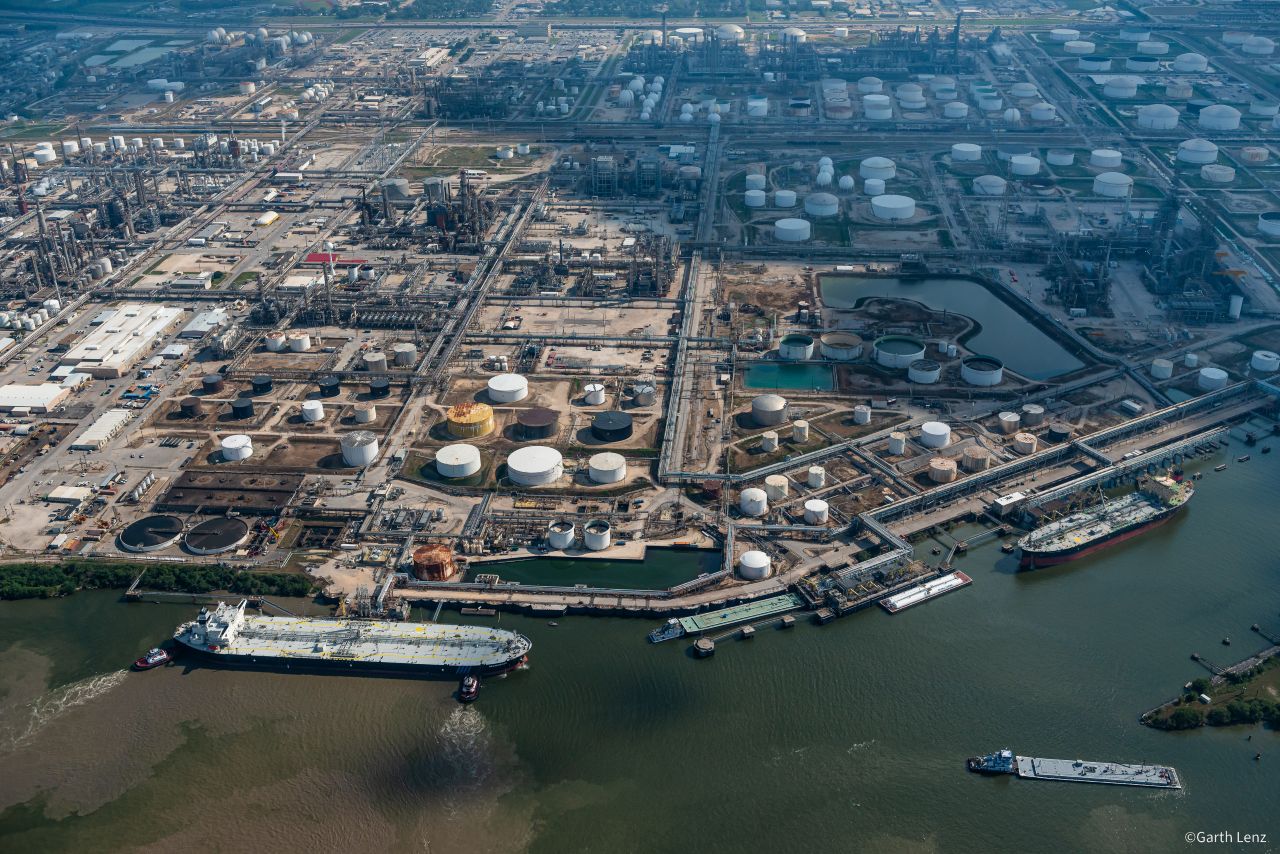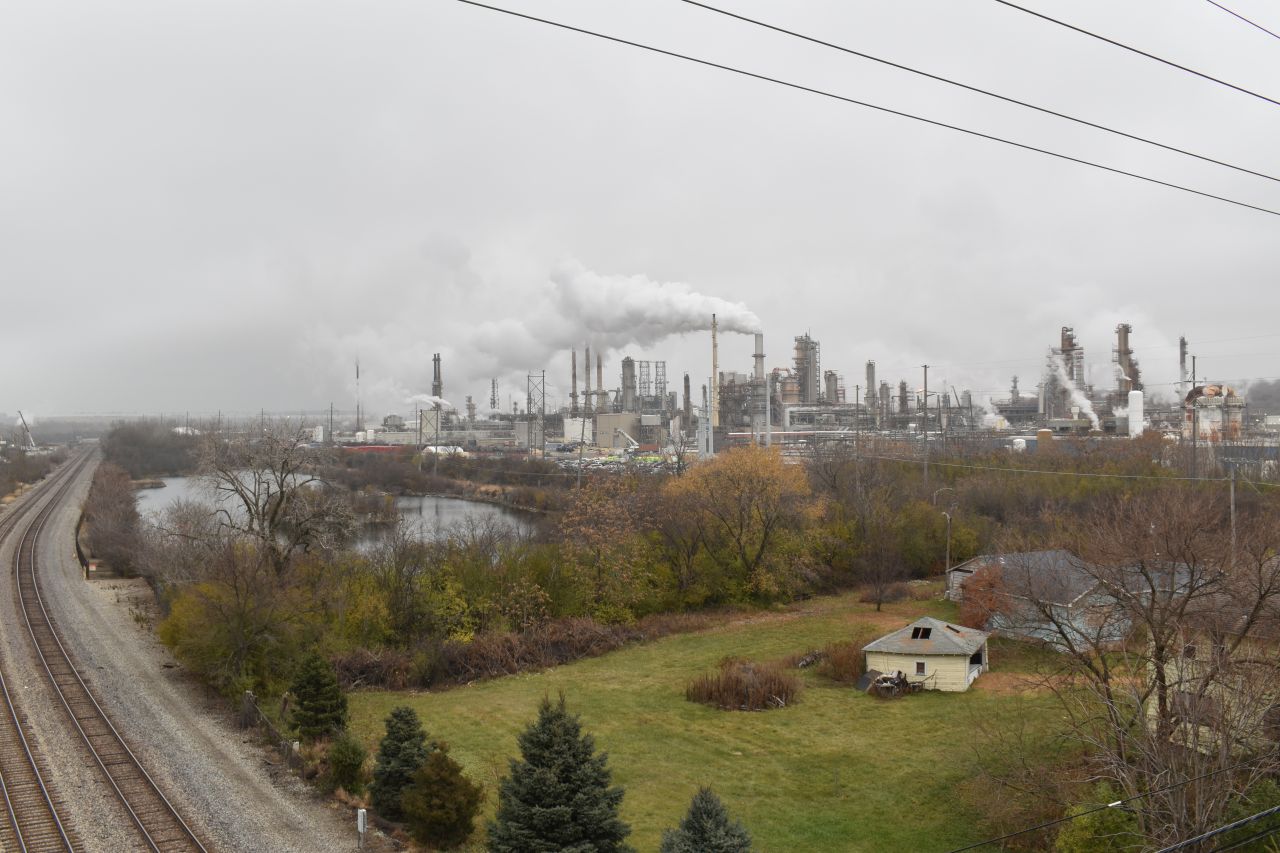Texas program that subsidizes fossil-fuel electricity turbo-charges 72 power plant applications

A new Texas law that offers taxpayer-subsidized, low-interest loans to encourage the construction of gas-fueled electricity generation – but not clean power, like solar and wind – has drawn 72 applications to build new power plants.
The state’s Public Utility Commission (PUC) received the applications for loans under the Texas Energy Fund Program, the agency announced in a July 29 news release.
Following widespread power outages during a winter storm in 2021, Texas voters in November 2023 approved the low-interest loan program proposed by the Texas Legislature in an effort to increase generation capacity and avoid blackouts. However, many environmentalists question whether new gas generators are the right answer because they contribute to climate change, and some consumer advocates and energy analysts say it will not address the need to modernize the Texas grid to prevent more outages.
“Voters wanted a stable grid, but all the Texas Energy Fund can promise is a massive corporate giveaway,” said Adrian Shelley, Texas director of consumer advocacy group Public Citizen. “For years, state lawmakers have ignored cheaper strategies like energy efficiency and distributed generation. But when big businesses put their hand out, Texas lawmakers step up.”
The 72 applications add up to a combined $24.4 billion requested to finance power plants, nearly quintuple the $5 billion originally set aside for the loan program. If all the power plants were to be built, they would add an additional 38,379 megawatts of generating capacity to the grid. That’s about as much power as needed to supply 7.6 million Texas homes on a hot summer day.
What state officials have not discussed is the increase in climate-warming pollution these plants would bring. Because the project applications are not available to the public under the rules of the program, the details of each project, including how frequently they will operate, is not yet known. If all 72 were built, and if they operated all the time, they could produce up to 148 million metric tons of carbon dioxide every year, based on emission rates available from the Energy Information Administration (0.97 pounds per kilowatt-hour). For comparison, that’s more than what all greenhouse gas sources in Louisiana reported emitting in 2022.
Many of the developers who initially expressed interest in the Texas Energy Fund loan program are planning smaller natural gas plants meant to start up only when supply on the grid is tight. So, it’s unlikely that these plants would be running constantly.
At its Aug. 29 public meeting, Public Utility Commission will narrow down its list of candidates to proceed for further vetting. The funding proposal comes after repeat power outages in Texas. In February 2021 during a historic winter storm, blackouts affected the whole state. And power outages also hit twice in 2024 because of a severe windstorm and Hurricane Beryl that battered the Houston area in June and July. Nearly 3 million people in Texas lost power during Beryl, with thousands remaining without service for weeks.
CenterPoint Energy, the electric distributor whose territory includes the Houston area, has faced severe backlash from the public and lawmakers. This only intensified after the Houston Chronicle reported that CenterPoint had spent $800 million under a program to lease mobile generators for emergencies that were not used during Hurricane Beryl.
Lt. Gov. Dan Patrick blasted the company, saying in a statement that “CenterPoint spent $800 million on massive, more expensive generators that could not be used for 99% of all emergencies but allowed them to make a huge profit.”
One of the proposed gas-fueled power plants, to be built with the taxpayer-subsidized loans, is a 135-megawatt plant planned by Finnish company Wärtsilä in Sugar Land, a suburban city southwest of Houston. The proposal has drawn backlash from some residents who say the city approved an agreement with Wärtsilä without an environmental assessment or any prior input from residents. City officials have recently agreed to a public meeting about the plant on Aug. 21 hosted by a nearby neighborhood association.
“It's not hosted by the city of Sugar Land, they're just attending,” said Haley Schulz, who grew up in Sugar Land and now works as an organizer with Public Citizen. “It was the community members that had to pull their arm and say ‘please, let's answer some questions and have a conversation.’”
The plant would be built on city-owned land that was formerly a state prison farm, across a highway from more former prison farm property where the bodies of 95 African-American inmates in the state’s convict leasing system were discovered in 2018. Some Sugar Land residents have expressed concerns about whether an industrial project would disturb more graves.
"We need to be finding out exactly what’s going on, not just environmentally, but also archaeologically with that property," nearby resident Sumita Ghosh told Houston Public Media.
Under the subsidy program, developers can seek 3 percent interest loans for new plants or upgraded plants that add at least 100 megawatts of electrical generating capacity to the grid. Loans cannot exceed 60 percent of the project’s estimated cost and must be repaid over 20 years, starting three years after the facility begins commercial operations.
The repeated strains inflicted by severe weather on Texas’s vulnerable power grid have driven efforts by state leaders to use public funding to increase number of power plants holding up the supply side of the Texas grid. Gov. Greg Abbott and Lt. Gov. Patrick recently proposed doubling the loan program from $5 billion to $10 billion. Their proposal came after Pablo Vargas, CEO of grid operator the Electric Reliability Council of Texas (ERCOT), told a state senate committee that ERCOT needs to nearly double its generation capacity to from 85,000 megawatts to 150,000 megawatts by 2030 to meet the state’s skyrocketing demand.
Driving this projected increase are the state’s growing population and more demand for electricity from oil and gas producers in West Texas and from data centers used for industries like cryptocurrency and artificial intelligence. But some energy analysts have questioned whether this 150,000-megawatt projection is overblown. One firm, Enverus, recently issued its own projection of Texas demand hitting 93,500 megawatts by 2030.
Texas’s energy grid is already highly dependent on natural gas. In 2023, natural gas-fired power plants supplied 45 percent of the power residents used, followed by 24 percent from wind, 14 percent from coal, 9 percent from nuclear, and 8 percent from solar, according to ERCOT figures.
Cyrus Reed, conservation director for the Lone Star Chapter of the Sierra Club, told a senate committee on July 29 that state leaders should stop relying solely on paying more to power generation and distribution companies to solve the state’s energy woes. Instead, they should focus on measures to reduce energy demand by large companies, make homes more energy efficient, and reduce residents’ power bills.
“To be clear, making our electric system more resilient is likely to increase costs on electric consumers,” Reed said. “This increase can be offset however by programs that help customers reduce their energy use, along with proper standards like more advanced building codes.”
This article has been updated to correct the metric tons of carbon dioxide that would be emitted if all 72 plants were built and ran continuously.
Lead photo: High-voltage transmission lines in San Antonio, Texas. Photo by Adventures of KM&G-Morris on Flickr.















